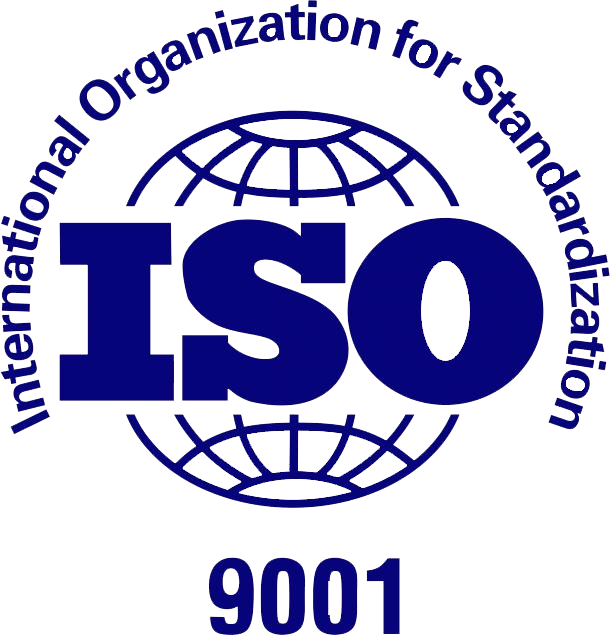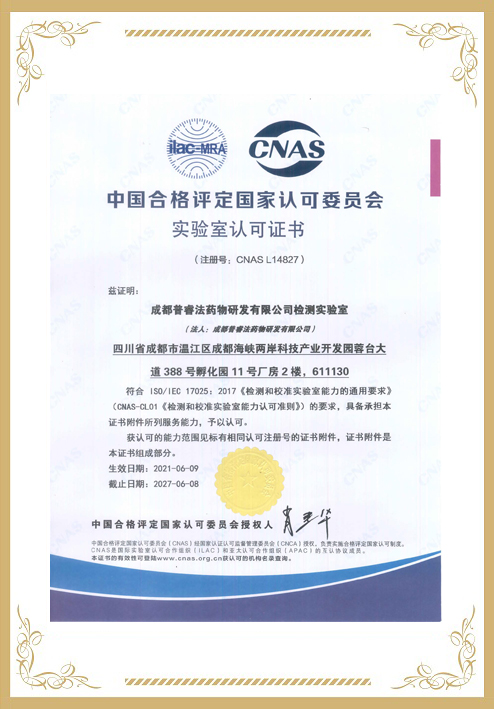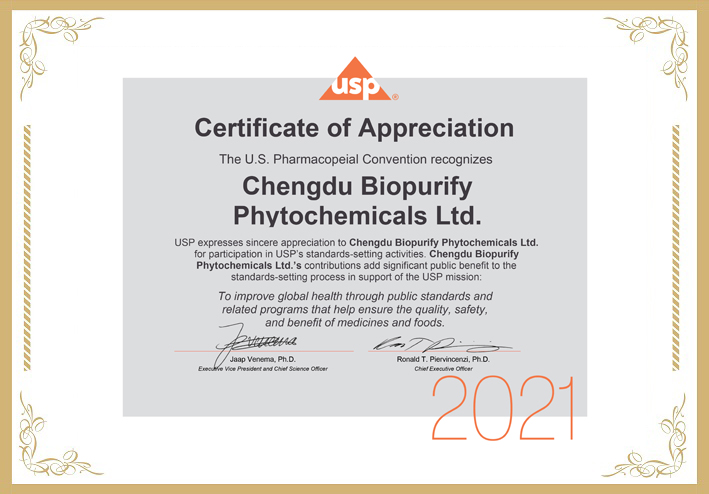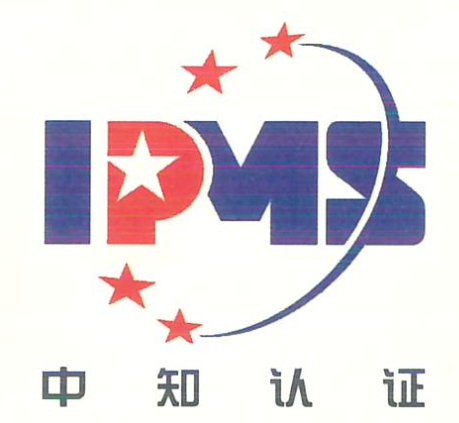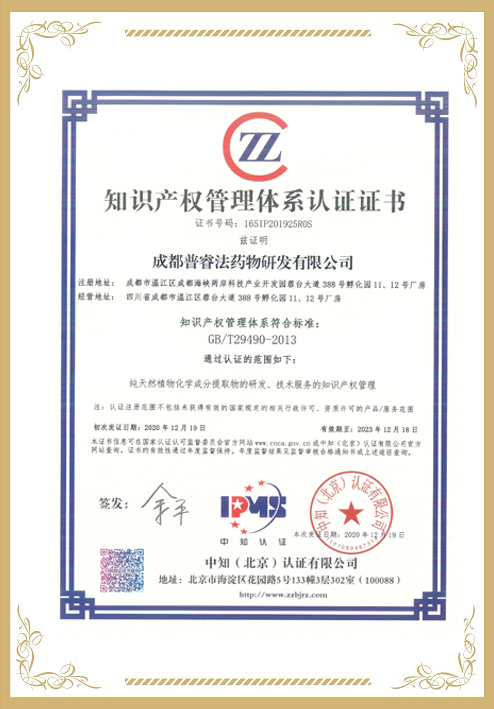Fraxin is a bioactive compound derived from Cortex Fraxini. It is known for its diverse biological activities and numerous benefits, including anti-inflammatory, antioxidant, analgesic, antimicrobial, antiviral, and immunomodulatory effects. Despite growing interest in natural compounds for cardiovascular diseases Fraxin’s atheroprotective properties and molecular targets have not yet been fully elucidated. To address this gap, our research employed an integrated approach combining network pharmacology, molecular docking simulations, and in vitro biological validation to systematically unravel Fraxin’s therapeutic mechanisms against atherosclerosis (AS). The results showed that 84 potential targets for Fraxin against AS were predicted through public databases, and the key target TLR4 was identified by protein–protein interaction and molecular docking analysis. GO enrichment and KEGG pathway analysis revealed that these potential targets were significantly enriched in the PI3K-Akt and oxidative stress responses pathways. Subsequently conducted in vitro studies validated that Fraxin modulates the TLR4/PI3K/Akt signaling pathway to suppress reactive oxygen species generation and downregulate pro-inflammatory cytokines including Il1b, Il6, and Tnf thereby slowing atherosclerotic disease advancement. This investigation methodically delineates Fraxin’s therapeutic targets and underlying molecular mechanisms in AS management, establishing a scientific foundation for its potential translation into clinical practice.














